So, your cactus is not thriving as it should, and upon a closer look, you observe some peculiar spots or maybe a slightly moldy appearance? Cacti, while renowned for their robustness and low maintenance, are not entirely exempt from problems, including fungal invasions.
In this article, we will delve into the subject of cacti fungus, examining what it is, how it happens, and what steps you can take if your prickly pal is affected.
What is Cacti Fungus?
A cacti fungus isn’t a singular entity but a host of different fungi species that can cause a range of problems for your plant. These microorganisms, often arising from excessive moisture, attach to the cacti, inducing manifestations like discolored spots, moldy patches, or even soft, rotting sections. This phenomenon is not only an aesthetic issue but also a serious health concern for your cactus, potentially hindering its growth and overall vitality.
Spotting the Symptoms of Fungi Infestation
Ensuring the longevity and health of your cacti heavily hinges upon our ability to swiftly identify and rectify any issues. Understanding and identifying the symptoms of a fungal infestation are crucial steps towards securing the well-being of your plant, potentially saving it from extensive damage or an untimely demise.
Let's delve deeper into some of these symptoms:
- Discoloration: A healthy cactus typically boasts a vibrant and uniform coloration. Unusual spots, streaks, or patches that display a deviation from their inherent color can signal fungal activity. This discoloration might appear as lighter spots, dark blotches, or even streaks and can progressively diminish the aesthetic appeal and health of your cactus.
- Soft Spots: Cacti are generally firm to the touch, and a presence of unexpectedly soft or mushy areas, especially at the base or on the stems, suggests a potential issue. Soft spots often signify rot, a direct consequence of fungal intrusion which not only threatens the structural integrity of your cactus but could potentially spread throughout the organism if left unaddressed.
- Mold: Mold manifests as a fuzzy layer, possibly white, yellow, or even black, often residing in the crevices or joints of your cactus. Not only is mold a visible symptom of fungal activity, but it also presents further risks as it continues to consume the cactus's nutrients, weakening it over time.
Rooting Out the Cause
Navigating through the dilemma of cacti fungus commences with a keen understanding of its root causes, essentially the conditions that serve as a breeding ground for these harmful microorganisms. Although fungi are virtually present everywhere, they become notably pernicious under certain circumstances, often linked to the environment your cacti are in.
Primarily, excessive moisture, whether from over-watering, high humidity, or poor drainage, creates a haven for fungi. Ensuring that your cacti are not subjected to these moist conditions becomes paramount in mitigating the risk of fungal development and the subsequent potential deterioration of your plants.
Combating Cacti Fungus
Navigating through a fungal infestation requires a methodical and attentive approach. Upon identifying symptoms that suggest the presence of a fungal issue, immediate and targeted action is needed to curtail its development and shield your cactus from further harm.
Here are some key steps to follow:
- Isolation: Preventing potential cross-contamination is key. Relocating your affected cactus ensures that other nearby plants remain shielded from the lurking fungal spores, maintaining the overall health of your plant collection.
- Altered Watering: Assessing and modifying your watering regimen is pivotal. Guaranteeing that the soil is thoroughly dry between watering sessions is vital to diminishing the environmental favorability for fungi, thereby restricting their proliferation.
- Airing It Out: Ensuring that your cactus has access to ample ventilation and reducing ambient humidity, where possible, serve to stifle fungal development, safeguarding the vitality and visual appeal of your plant.
- Fungicides: Choosing and employing a suitable fungicide requires conscientious application. Adhering rigorously to application guidelines ensures that the fungus is effectively addressed while circumventing any inadvertent harm to the cactus.
Prevention: Staving Off Future Infestations
By taking preventative measures we can not only shield our current cacti collection from infestations but also ensure that future additions are safeguarded against these invisible foes as well.
Here are some tips for preventing cacti fungus:
- Regulated Watering: Implementing and adhering to a watering schedule that is cognizant of your cacti’s specific needs while ensuring optimal drainage works to negate an environment conducive to fungal growth.
- Adequate Light: A well-lit environment not only caters to the cactus’s photosynthetic needs but also helps to uphold a robust physiological state, reducing susceptibility to various diseases, including fungal.
- Periodic Checks: Engaging in regular inspections of your cactus, keeping a watchful eye for early symptoms of fungal activity, and intervening promptly, curbs the development of larger, more detrimental issues.
By exploring the depths of each symptom, cause, and combative measure, you'll find yourself better equipped to navigate the challenges presented by cacti fungus, ensuring that your prickly companions continue to grace your spaces with their unique aesthetic and charm.
Final Thoughts
Cacti, with their stately presence and minimalist watering needs, have become a cherished addition to many homes and offices. However, fungi present a silent threat to these prickly beings, often causing a lot of damage.
Recognizing early signs of infestation, understanding the conducive conditions for fungal growth, and implementing preventative and curative measures are pivotal to ensuring that your cactus continues to thrive, unmarred by the debilitating effects of fungal diseases.
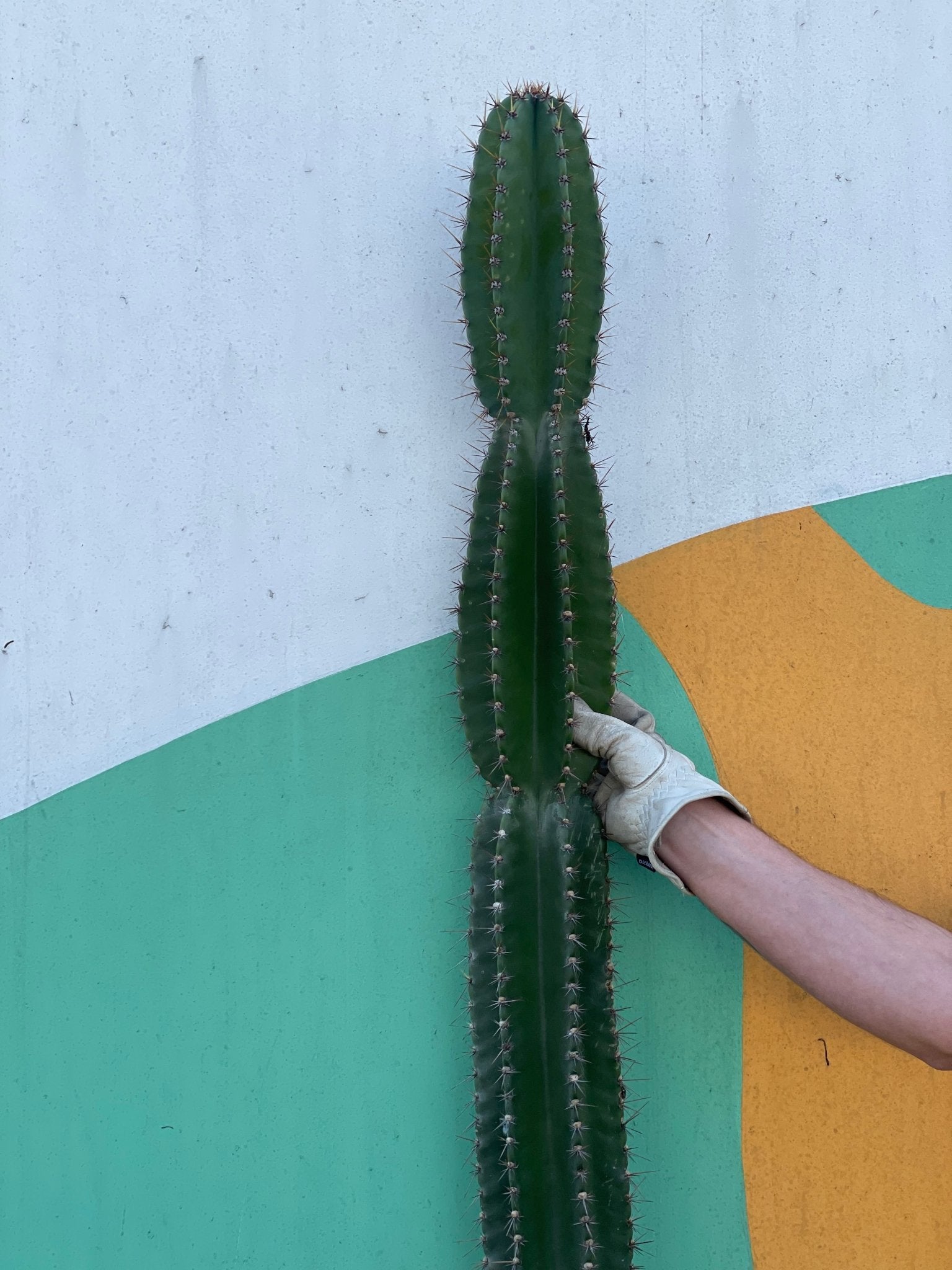
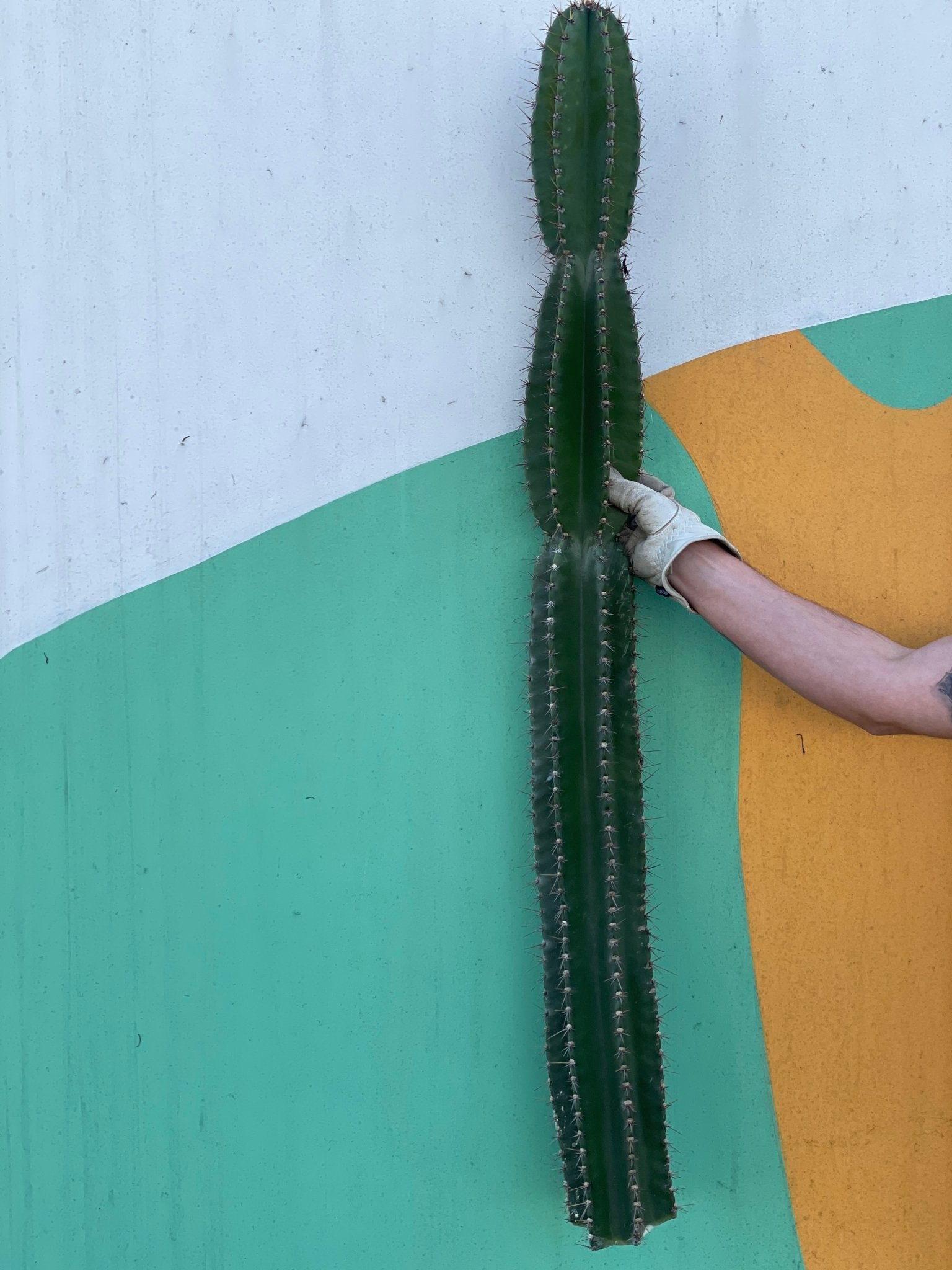
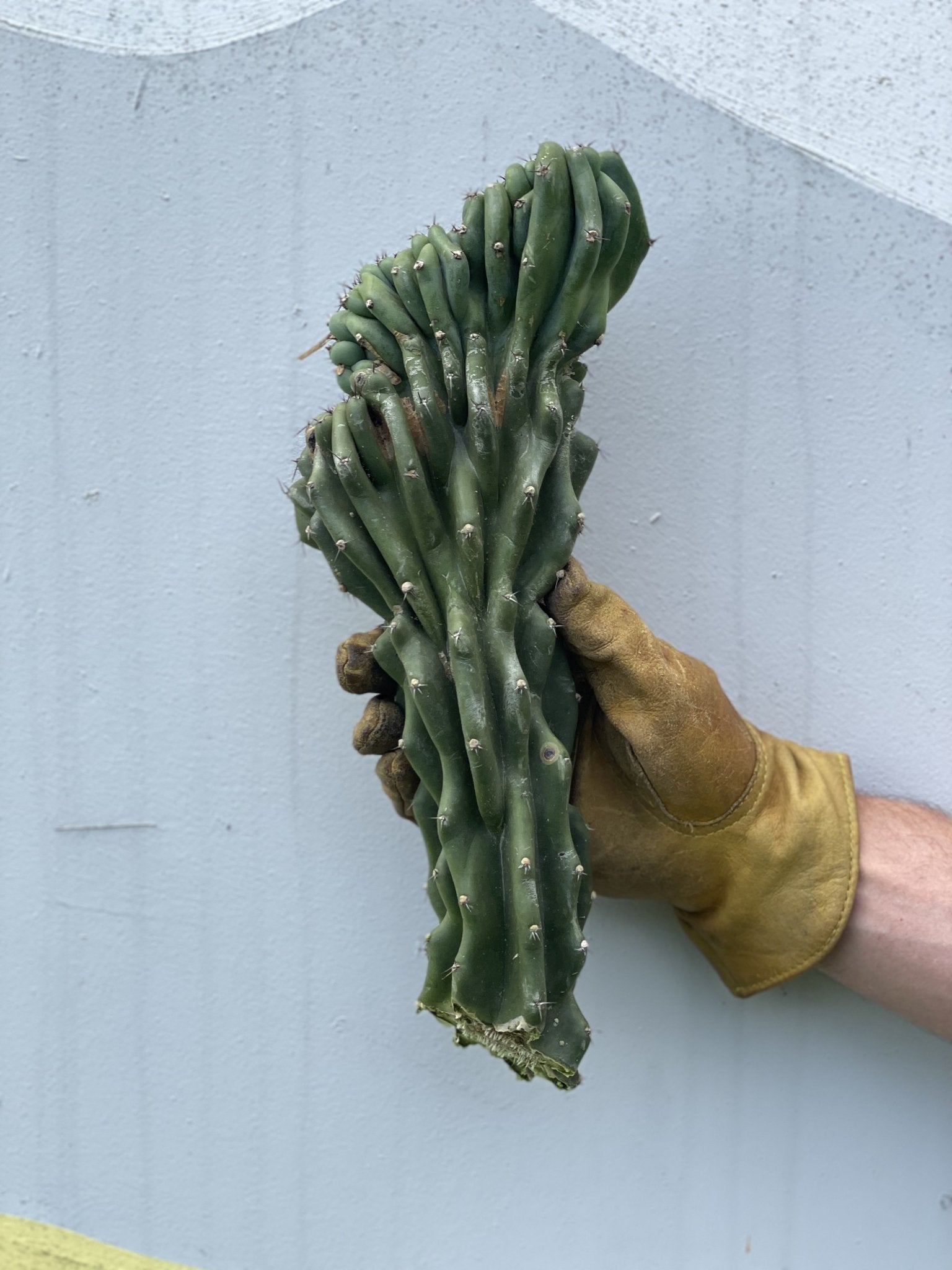
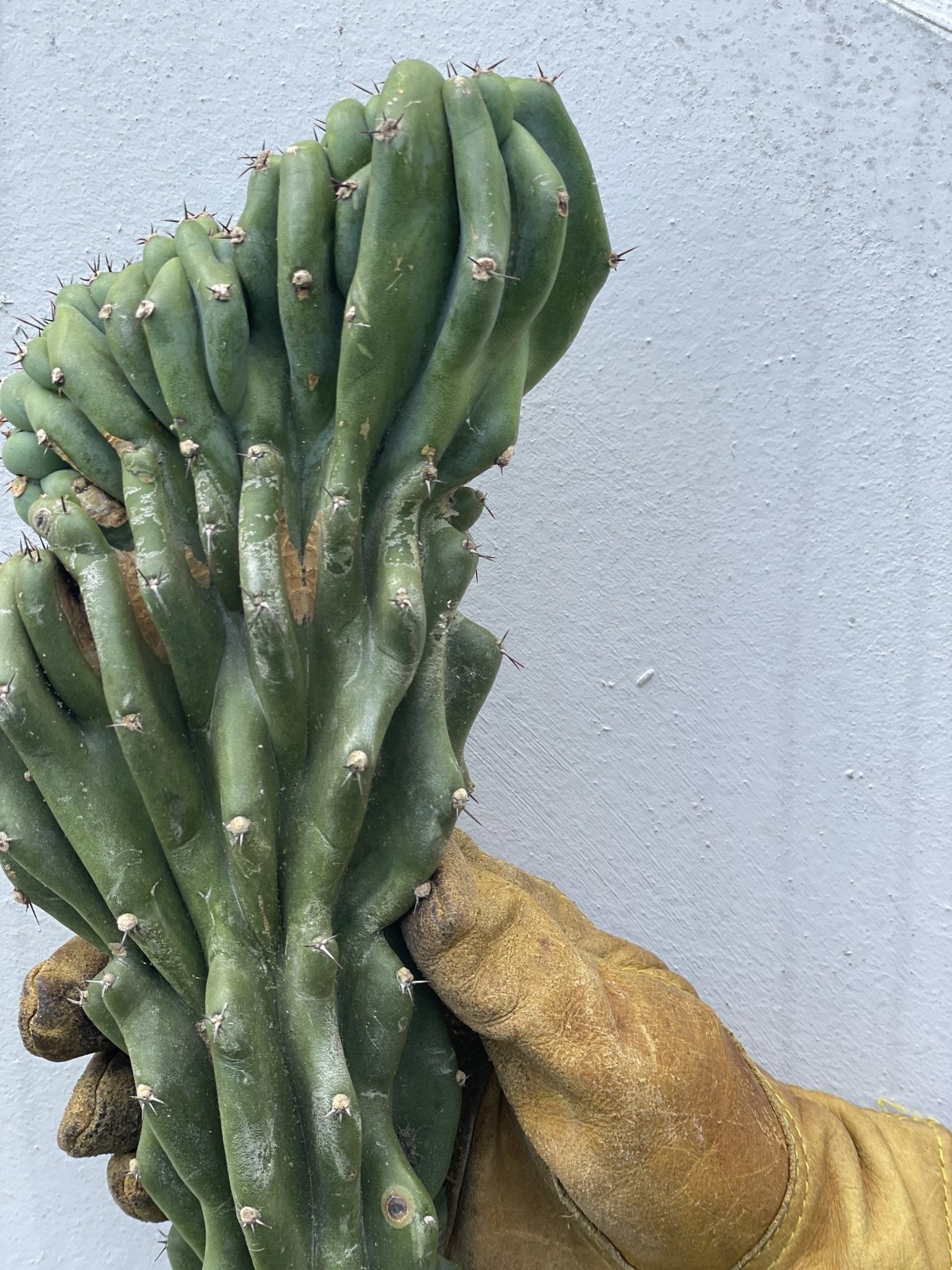


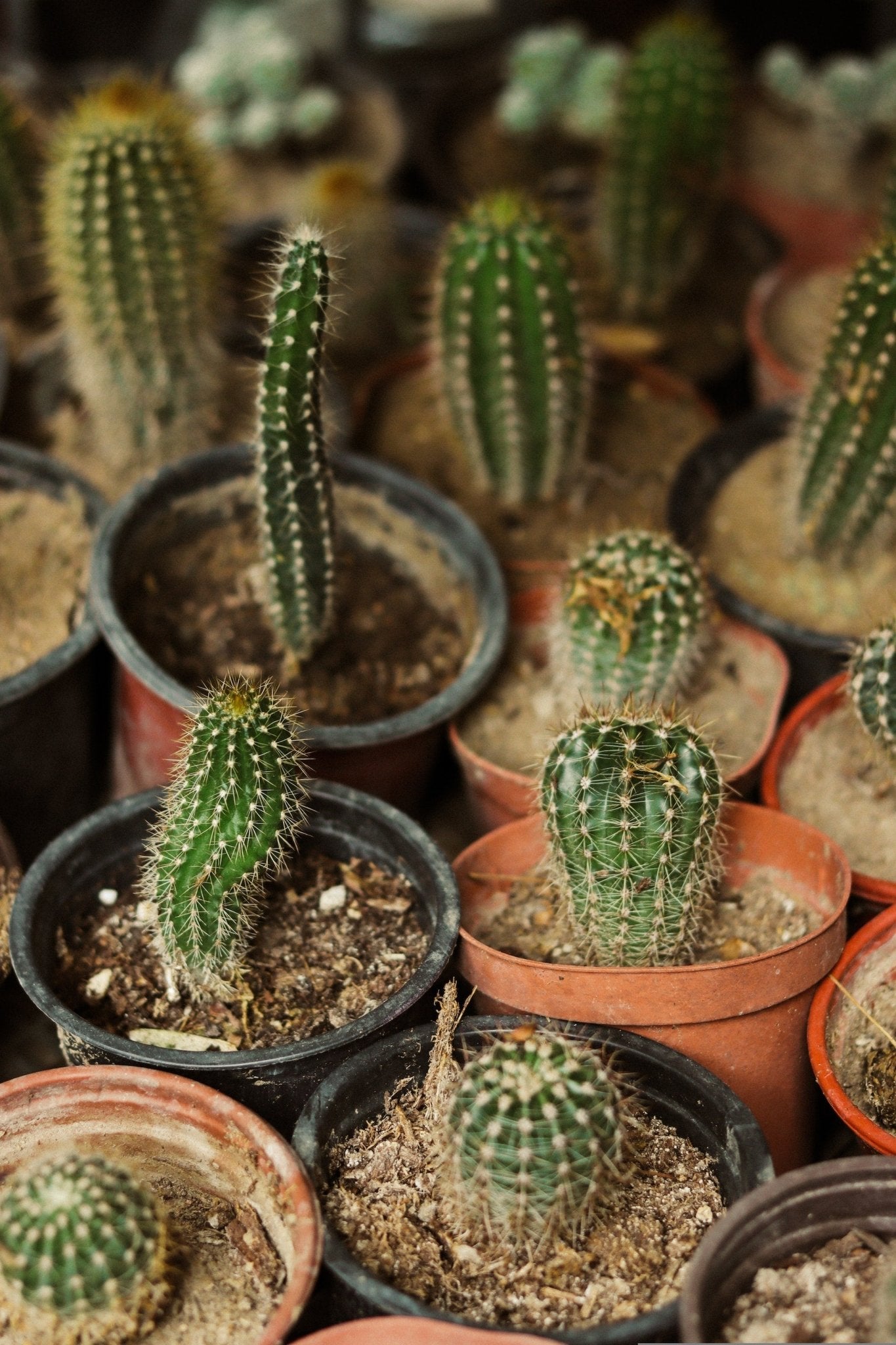
Leave a comment